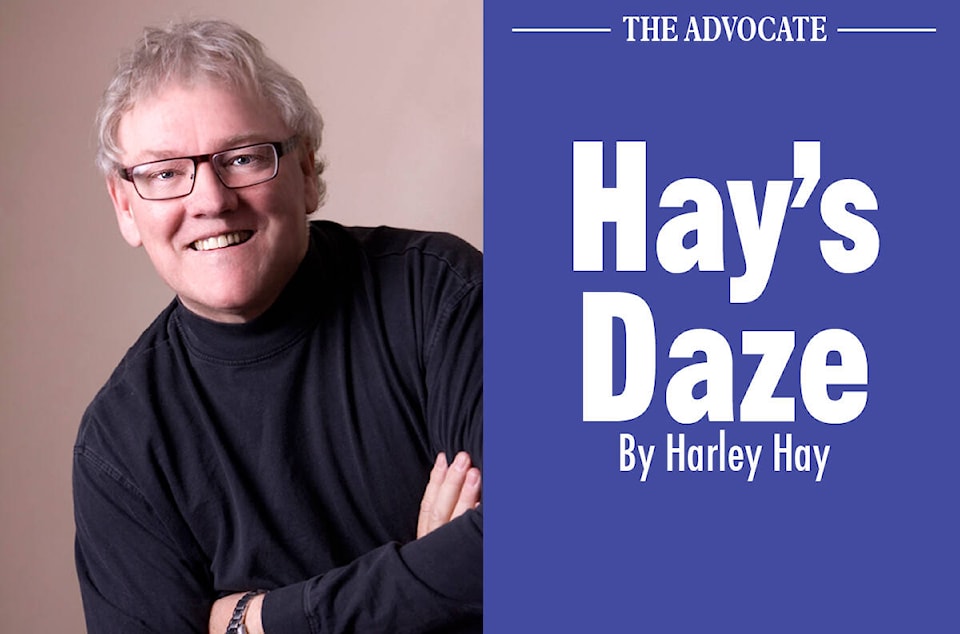Shrinkflation. Perhaps you’ve bumped into that word, or perhaps you think I’m just making something up (again). Well, for once, I’m not making something up. In fact, the term “shrinkflation” was recently celebratorially added as one of the official new words in the Merriam Webster dictionary for 2022. (I did, however, make up the word “celebratorially” which I think should be officially added next year).
Even if you haven’t heard the word shrinkflation I’ll bet dollars to donuts you have been inflated by shrinkage. According to Wikipedia, which is quite possibly a fairly accurate and occasionally true source a good part of the time, our word of the week is a portmanteau of “shrink” and “inflation”. I know what you’re thinking: what has a psychiatrist got to do with inflation? And also: what the heck is a ‘portmanteau’? Me too, so I had to look it up which is what happens when you look up something which causes you to look up something else and before you know it you’ve wasted – I mean invested – an hour or two drilling down a convoluted bunny tunnel that causes you to forget what you were wanting to look up in the first place!
So shrinkflation has been around for years and years, but it seems to be much more prevalent, annoying, and pocket-book shredding these days. If you’ve, say, recently scarfed a bag of potato chips or a bagged a box of Snackypuff breakfast cereal you may have noticed that something seems to be somewhat smaller than you remember. And you would be right. The bag is smaller. The box is smaller. And here’s the thing: the price is not smaller. In fact, it’s the same as it used to be. What you’ve got in your hands, my friend, is shrinkflation. I think they should’ve called it “sneaky underhanded attempt to pull a fast one shrinkflation”.
The other day I happened to treat myself to an aforementioned bag of what the British call “crisps” and most people call “chips” and I call “the best possible use of potatoes next to french fries”. It was the same price as usual but when I opened the bag I got this weird Alice in Wonderland feeling that I was somewhat larger than I used to be. It was the bag, of course – reduced in size just enough so that a hungry snack fiend might not notice. Sneaky.
And once you start noticing shameful shrinkflation the cat is really out of the chip bag. And some shrinkflations significantly affect the “bottom” dollar, so to speak. Procter & Gamble famously reduced their double ply toilet paper from 396 sheets to 366 (and I’ll bet they didn’t count on somebody counting). And maybe you’ve noticed good old Gatorade, standing there on shelves. It all looks fine and dandy with the bottles all the same height but if you look closely one might be 946 ml and the other 828 ml. Same price. Sneaky.
Now that it’s sniffle season you might have a cold and also a bit of OCD when you discover that a box of Kleenex used to have 65 tissues and now has 60, causing you to accidentally have to sneeze into your elbow because your Kleenex ran out prematurely! Sneaky - and messy.
So shrinkflation has shrunken everything from yogurt to coffee to dish soap. What to do? Experts say the only thing consumers can do is be “consumer conscious” and carefully purchase different brands that aren’t shrinkflated. That sounds like good advice. I figure it’s probably a good Idea to be conscious whilst shopping, although it’s much better to be unconscious when you look at the bill.
Harley Hay is a Red Deer author and filmmaker. You can send him column ideas to harleyhay1@hotmail.com.
